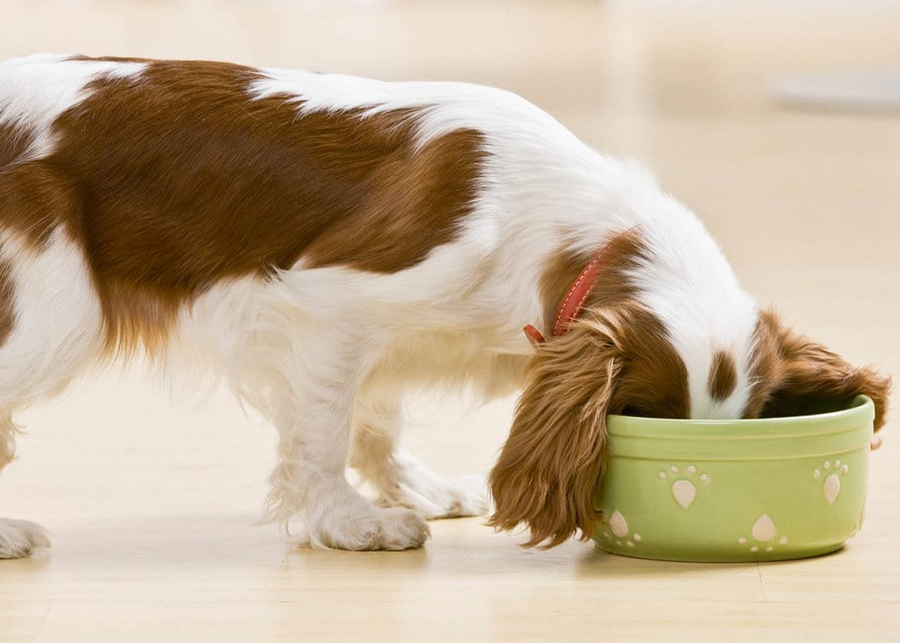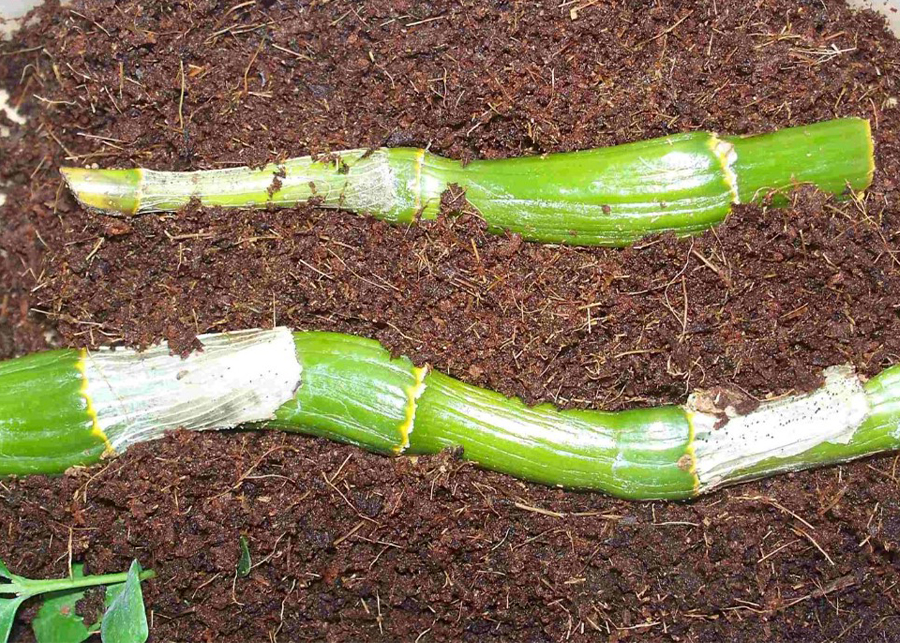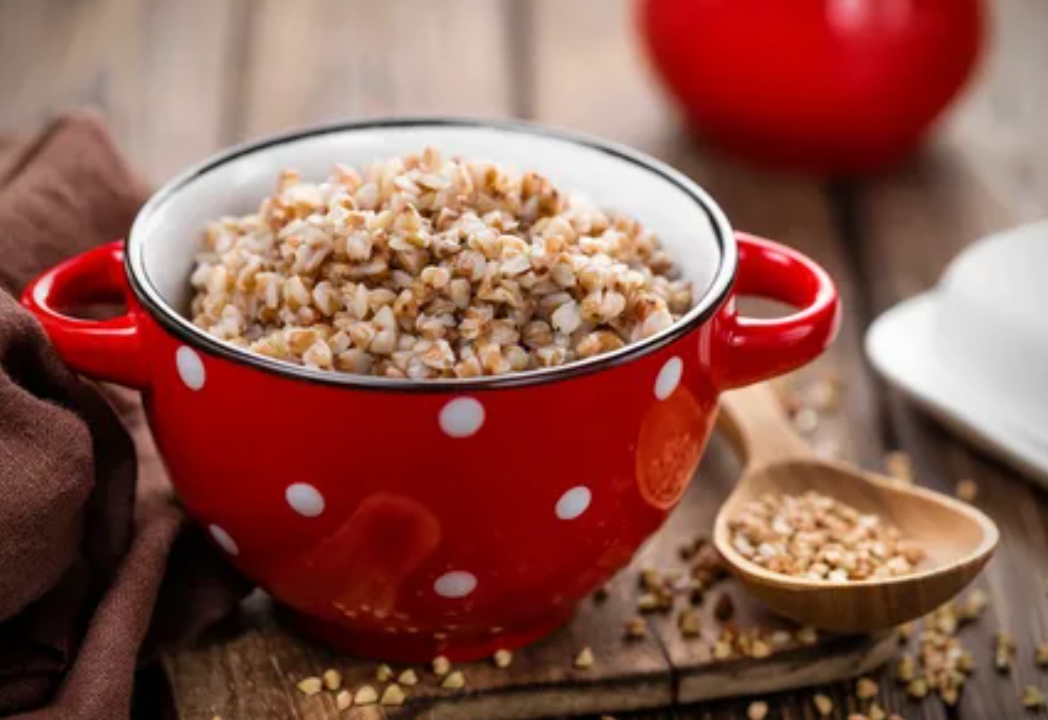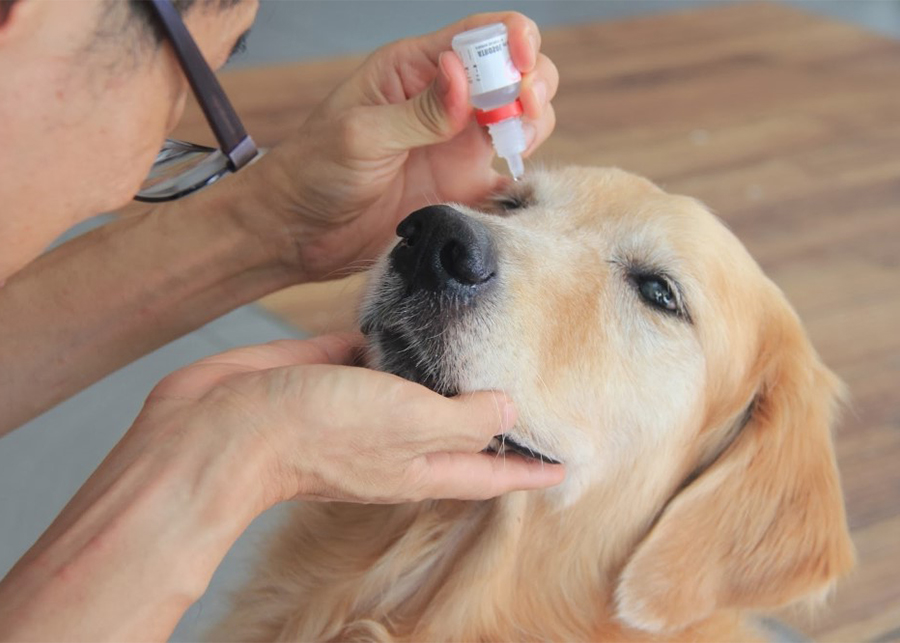You’re probably wondering how much should I feed my puppy. That’s a great question! It’s best to calculate a dog’s proper diet based on it’s weight and specific needs. If you’re nervous about calculating this on your own, you might consider speaking to your veterinarian. They should be able to provide expert advice and help determine whether or not your dog is receiving enough nutrients in their diet. Plus, if you get a second opinion from a vet, they may even recommend a different feeding schedule to help optimize your dog’s health and wellness.
If you’re wondering how much should I feed my puppy, you’ve come to the right place. In this article, we’ll cover the amount of food and frequency of feeding, as well as the “10 percent rule” for treats. Depending on your pup’s age, you may have to feed your puppy more or less often. It all depends on the size of your puppy. You should also check with a veterinarian to make sure they’re able to recommend a proper feeding schedule for your puppy.
Caloric intake
A typical 10-pound dog should eat 350 calories daily, but the amount required will depend on the breed and size. The amount of calories required for a healthy, active dog will be higher, or lower, if the animal is overweight or very active. Additionally, pregnant and nursing dogs, or pets that are ill will require higher calories. Puppies are especially active and need more calories because of their fast growth rates.
Frequency of feeding
During the first year, all puppies go through the same developmental stages, but some can transition to eating two meals a day earlier than others. This transition timing is often dependent on the breed of the puppy and its size. Smaller breeds are usually ready to make the switch sooner than giant breeds. The timing of two meals a day should be introduced around the six- month mark. In addition, the puppy’s stomach will be able to accommodate a larger portion of food during the morning meal.

Caloric range
Your puppy should be fed three to four times a day, and at first they may need to eat more than three times a day. It’s best to give them a smaller amount of food each time, since they’re young and can’t digest as much at once. As your puppy ages, you can gradually reduce the number of meals and increase the amount of food your puppy eats at dinner time and at breakfast. This will help keep their energy level even throughout the day. Be careful not to overfeed your puppy
– the extra calories will lead to obesity and joint problems in later life.
10 Percent rule for feeding treats
If you’re concerned about your puppy’s diet, there’s a simple way to limit treats to a small percentage of the daily meal: the 10 percent rule. If your puppy weighs 60 pounds, it should get about 1,001 calories each day, which makes a 10% treat limit ideal. Smaller dogs, on the other hand, have smaller stomachs and tend to be more conscious of their treat intake.
Age factor in determining caloric intake
Calorie needs vary significantly according to age and activity level. A puppy needs twice the amount of calories as an adult dog due to its high metabolism and high activity level. Older dogs, on the other hand, have a slower metabolism and need fewer calories, and exercise at a lower
intensity than a puppy. Therefore, it is important to take the age of your puppy into account when calculating the caloric needs.
F.A.Q
How do I know if I feed my puppy enough?
In truth, a good guideline is that your pup should have a visible waist area. If you look down at them from above, there should be a small dip between the top of his ribs and his hips. If that dip disappears as he fills out, you’ll know it’s time to cut back on his food intake.



